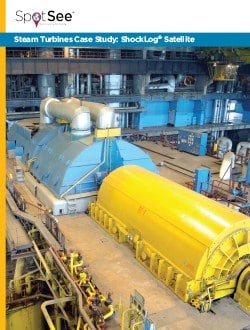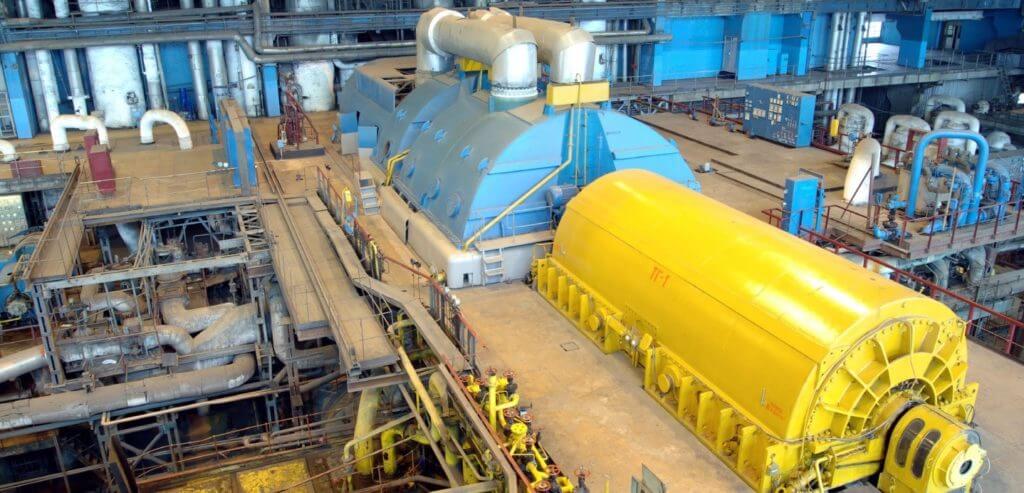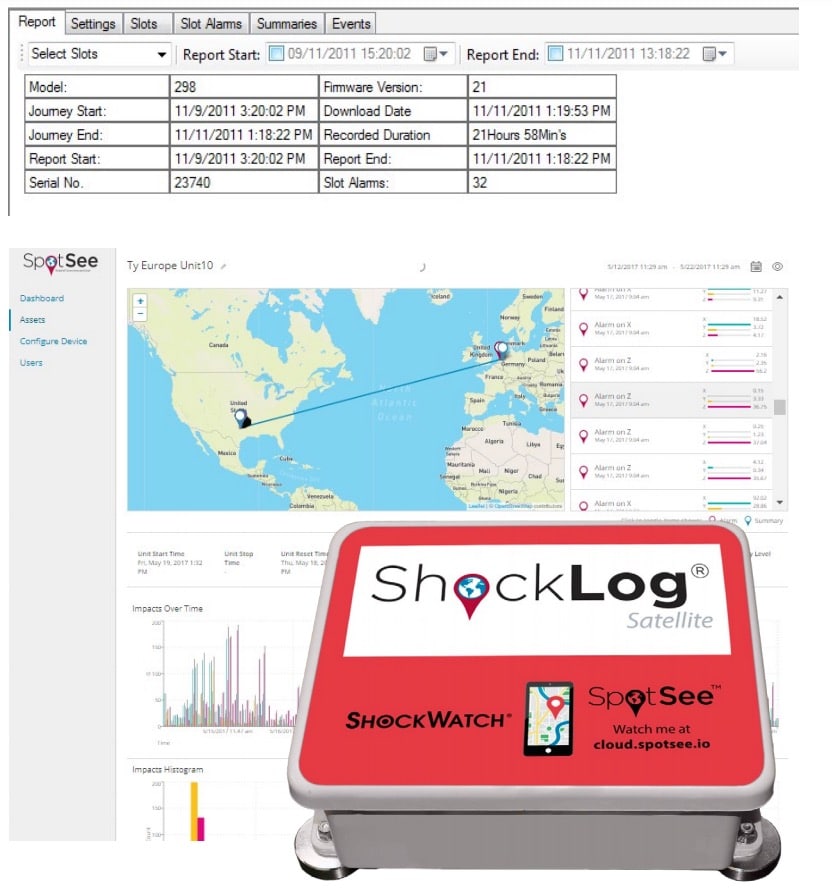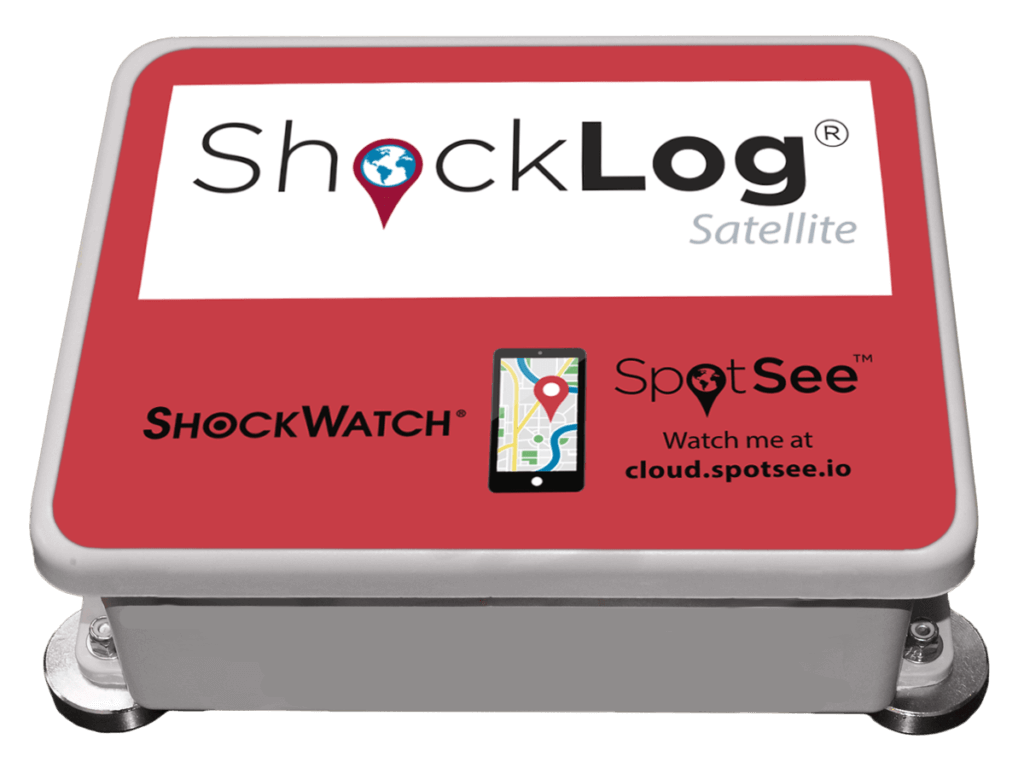One Steam Turbine Shipment Can Involve $10 Million In Fragile Assets. See How This Company Is Reducing Costly Transportation Damage.
Summary: Steam turbines are shipped on Schnabel cars and both are expensive. One steam turbine shipment can involve $10 million in fragile assets. See how this company is reducing costly transportation damage.
Product Solution: ShockLog Satellite

Read The Story
Steam Turbines Case Study: ShockLog Satellite
Industry: Power Generation
Application: Steam Turbine Rail Car Transport
Challenge: There’s nothing easy about shipping large power generation equipment. The journey manufacturing plant to installation site can often transcend different terrains and cover thousands of miles. An average natural gas turbine can weigh anywhere from 80 to 100 thousand lbs. and a steam turbine can weigh upwards of a quarter of one billion lbs. To ship these massive metal machines, power generation equipment manufacturers use a special type of rail car called a Schnabel car, which sits only a few feet off the ground and is fitted with over a dozen axels to support the weight of a turbine. Unsurprisingly, the cost to produce a turbine is anywhere from two to five million dollars. If a turbine is damaged in transit, it must be sent back to the manufacturing plant for millions of dollars in repairs, not considering the associated cost of downtime. What is surprising, is that the cost of a specialized Schnabel car is upwards of five million dollars, and also susceptible to damage; meaning that one turbine shipment will involve $10 million in fragile assets. One major power generation equipment manufacturer was experiencing damage to their turbines and specialized rail cars during shipment and needed to know what was happening. More specifically they wanted to see the direction, amplitude and duration of impact forces to determine which impacts were causing damage, along with the precise location of the impact
Solution: The manufacturer used the ShockLog® Satellite impact monitor, formerly ShockTrak, with real-time satellite communication, visualized in the SpotSee Cloud to monitor their multi-million dollars assets. The ability to capture precise location and low frequency impact enabled them to mitigate further rail car damage and product damage by identifying damaging impacts and clarifying responsibility.

ShockLog® Satellite Overview®
With the ShockLog Satellite Impact Recording and Tracking System, you can receive alerts of unacceptable conditions that your product has encountered. These conditions may affect the performance or safety of your product. Knowing what your product experienced on it journey allows you to act before a shipment is received or plan remediation before final installation of the asset in the field.
Protect Your High Value Assets
ShockLog Satellite Delivers
- 24/7 access to your information around the globe
- Last known location of your assets
- Real-time reporting of unacceptable handling or environmental conditions
- Full journey profile and post-journey analytics
- Robust power source that provides up to 12 months of battery life

Features:
- Provides user configurable alarm conditions and messaging frequency
- Records impact events and internal temperature
- Sends real-time alert when unacceptable events occur
- Specifies location of unacceptable events
- Displays heat maps of trouble spots in the supply chain
SpotSee Cloud
The SpotSee Cloud is where trip data is aggregated in real-time. Graphs are easy to read and include data such as specifics of impact with locations, impacts over time, impact histogram, and temperature.
SpotSee Cloud Features
- Access to your data from anywhere with a secure web portal
- Real-time reporting and tracking of incidents
- Alarms with location, time, impact g-level, direction of impact, and temperature
- Impacts-over-time visualization of each asset
- Histogram of the total impacts to an asset
- Temperature over time graph
Contact us with any questions you have about this case study or to schedule a meeting with a SpotSee operations expert!








